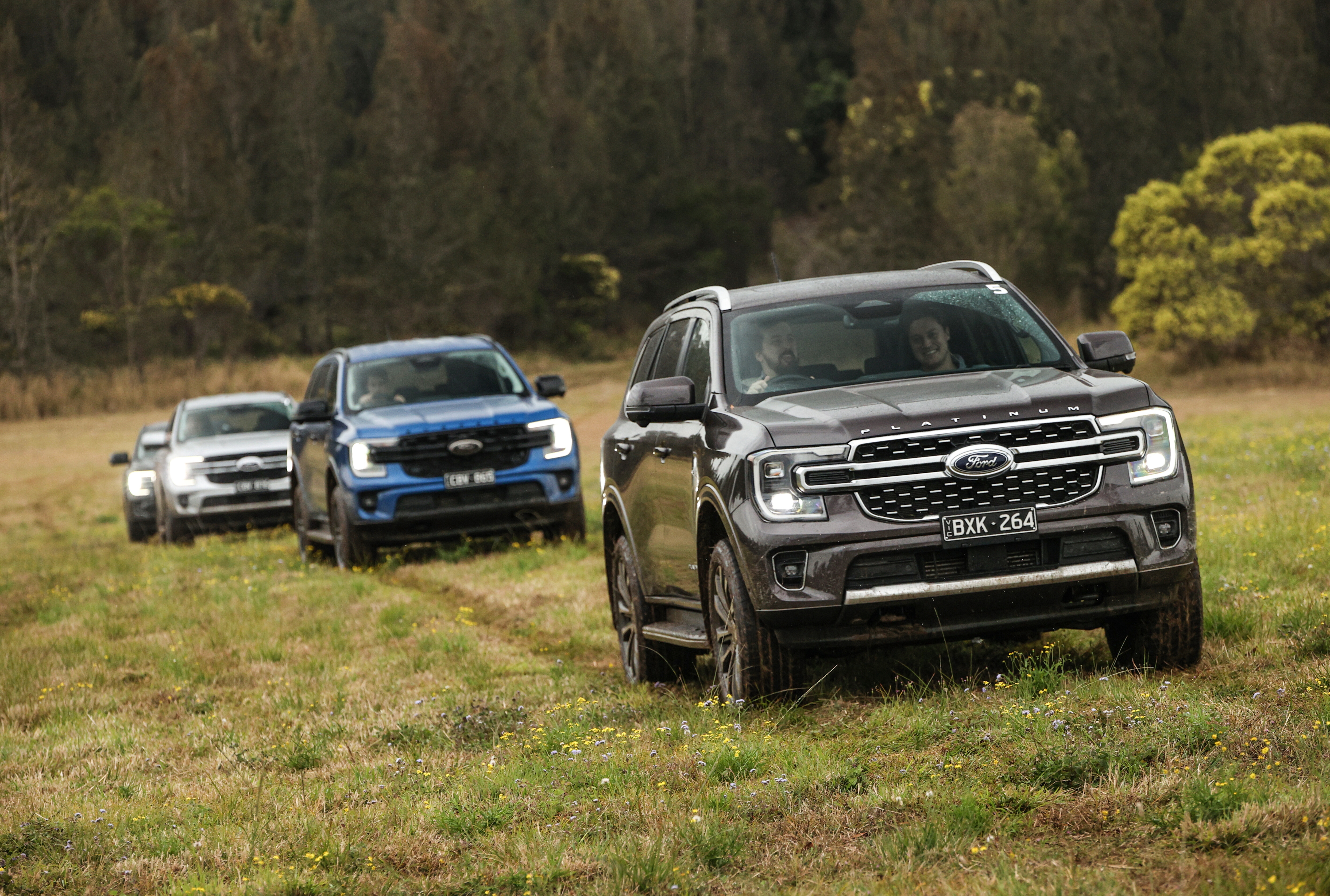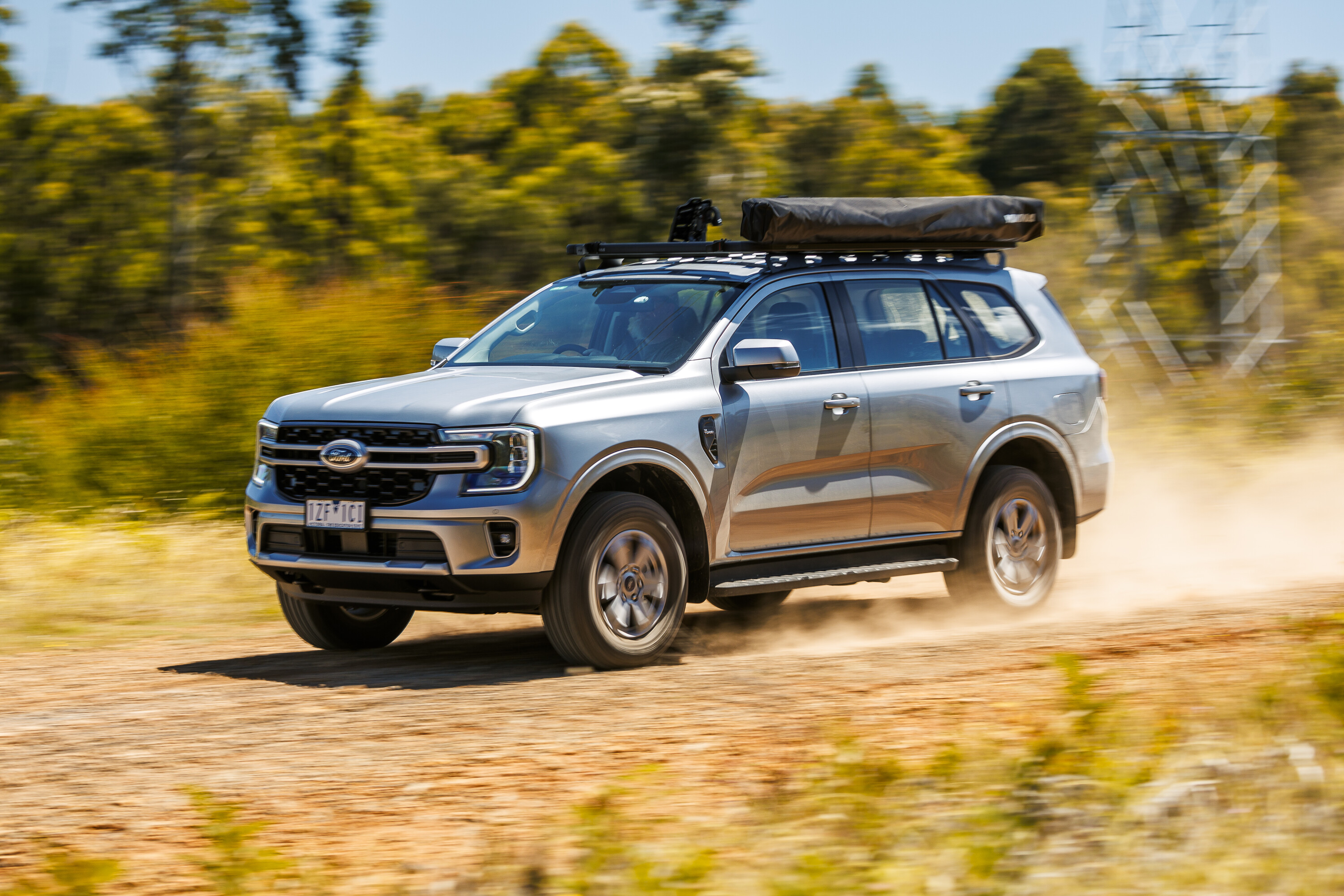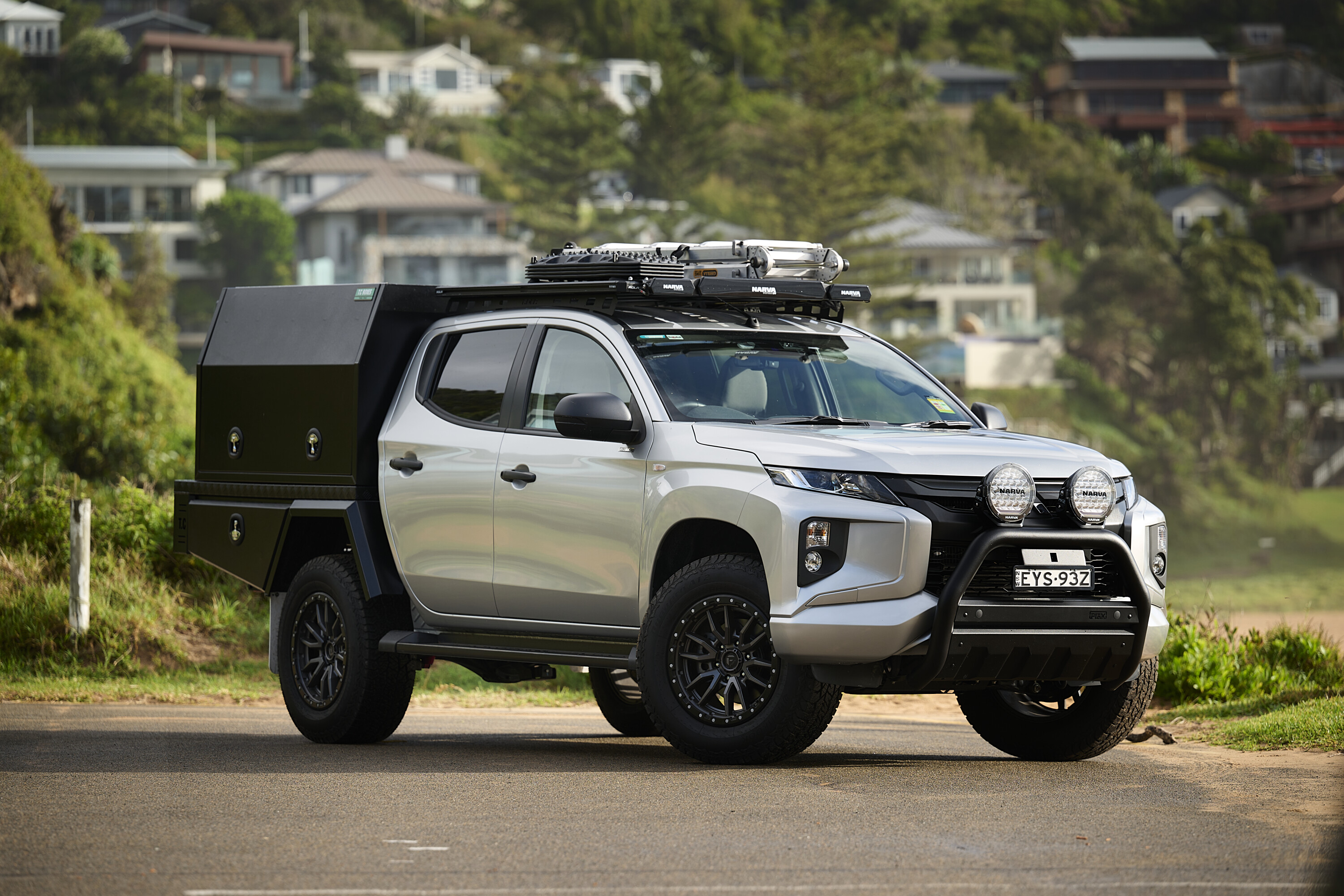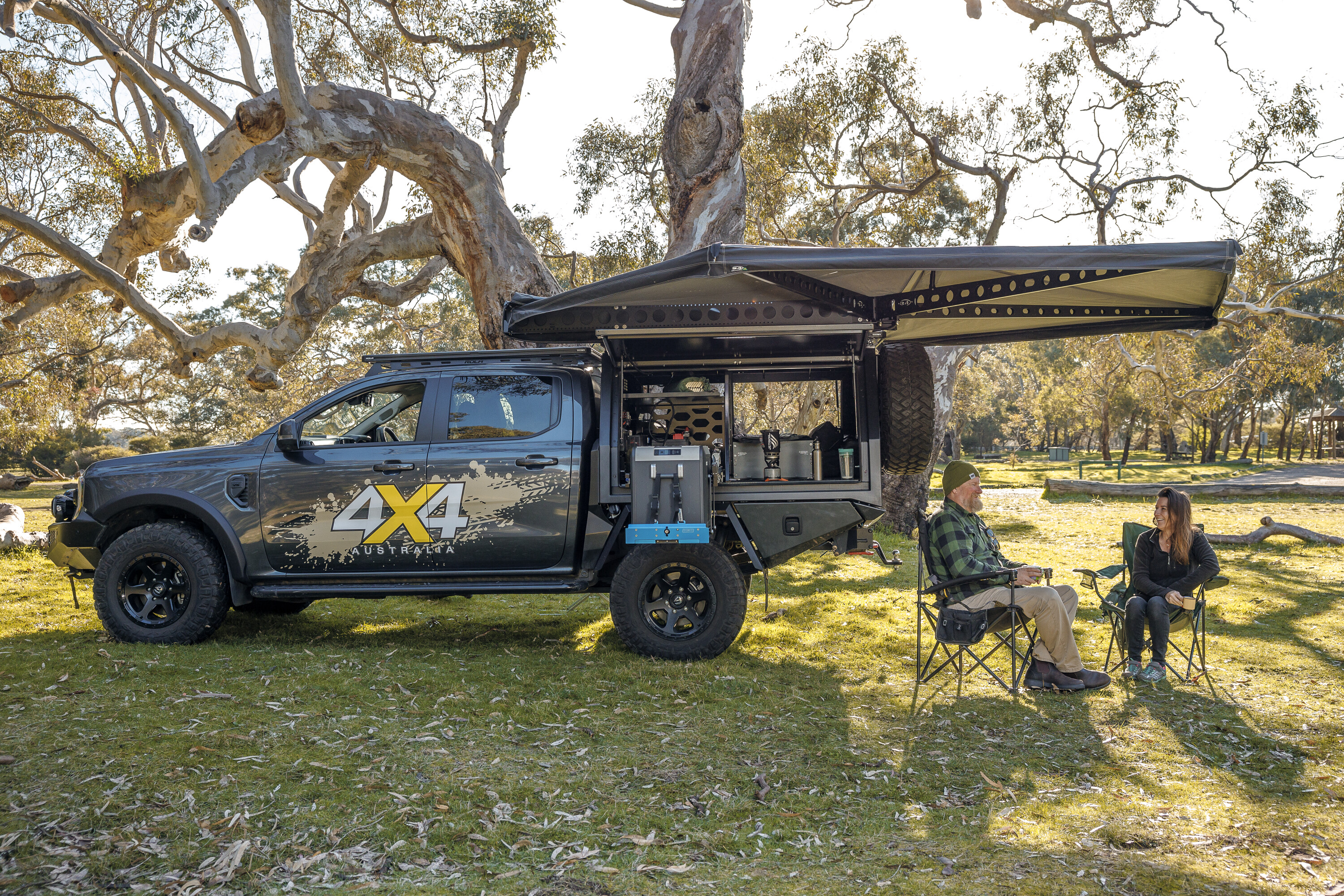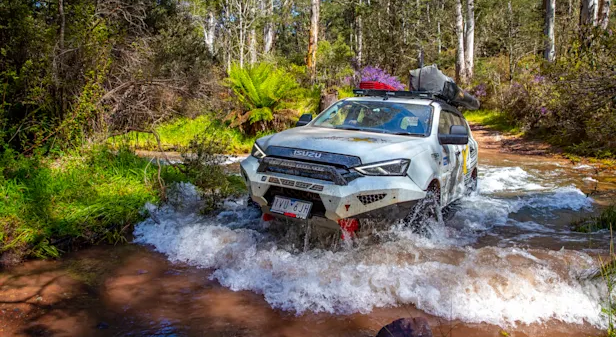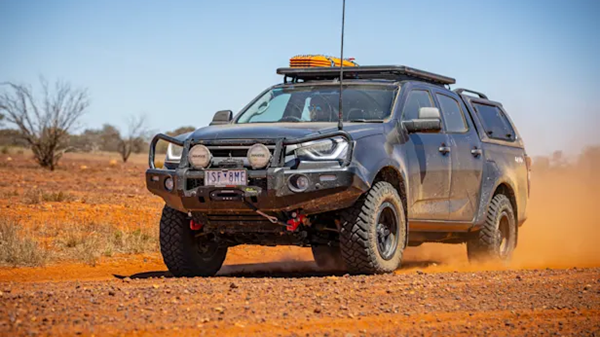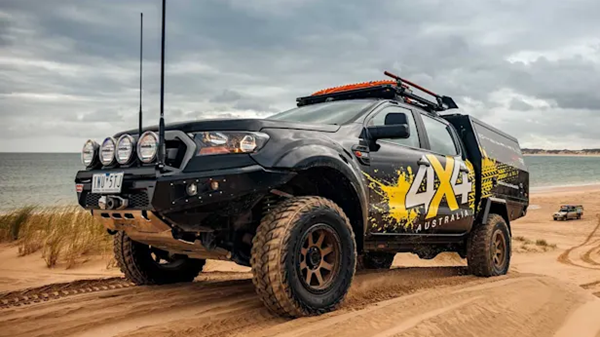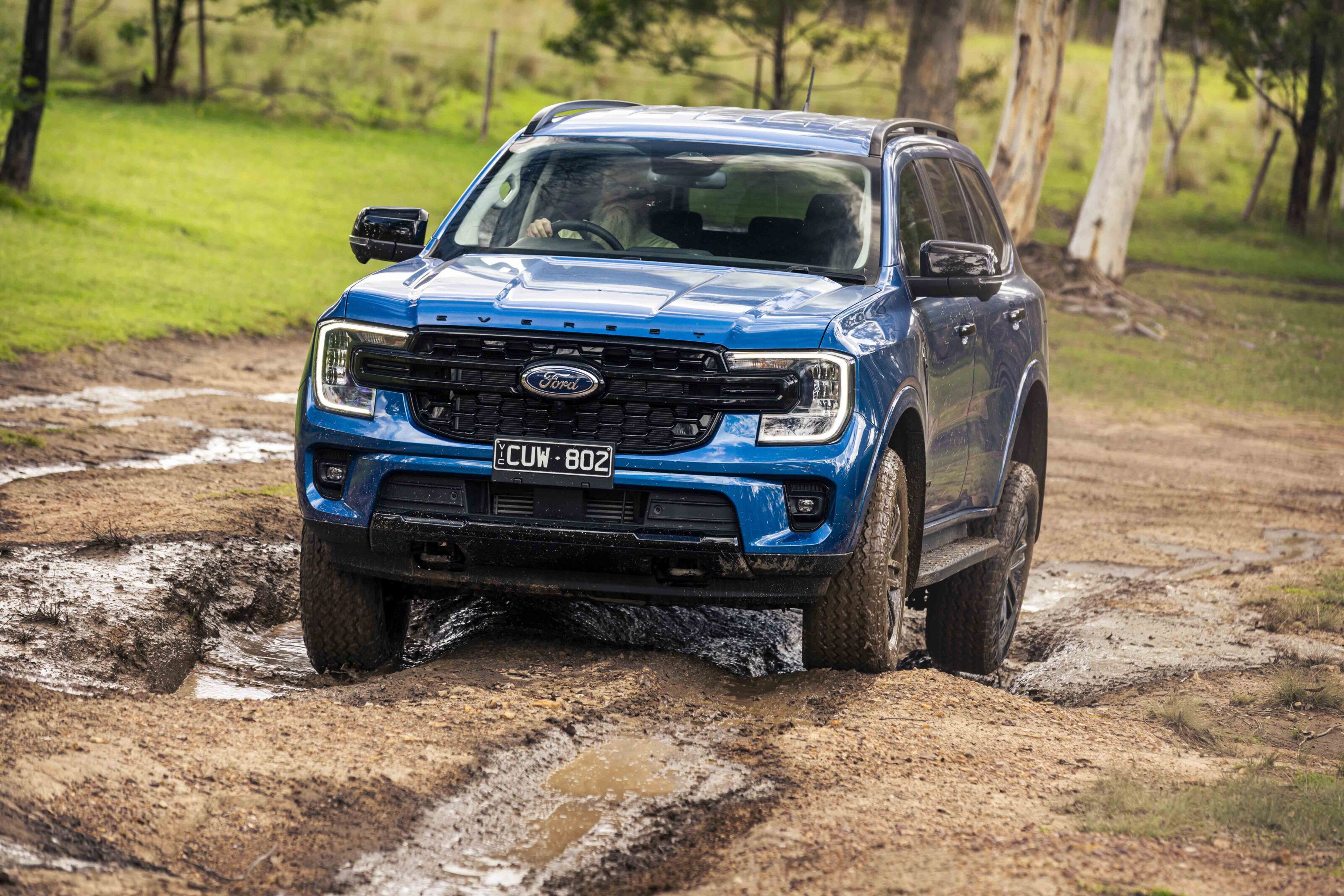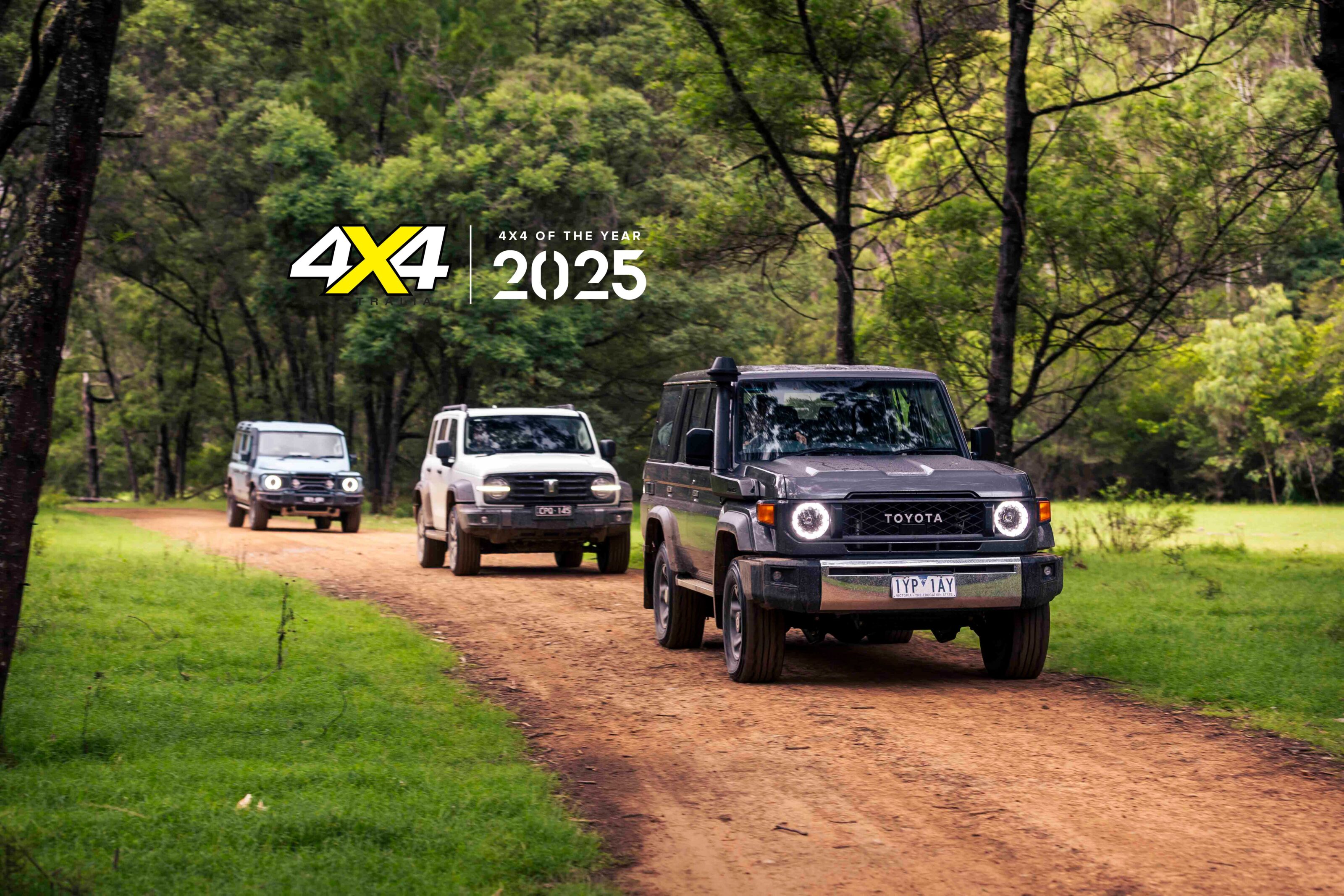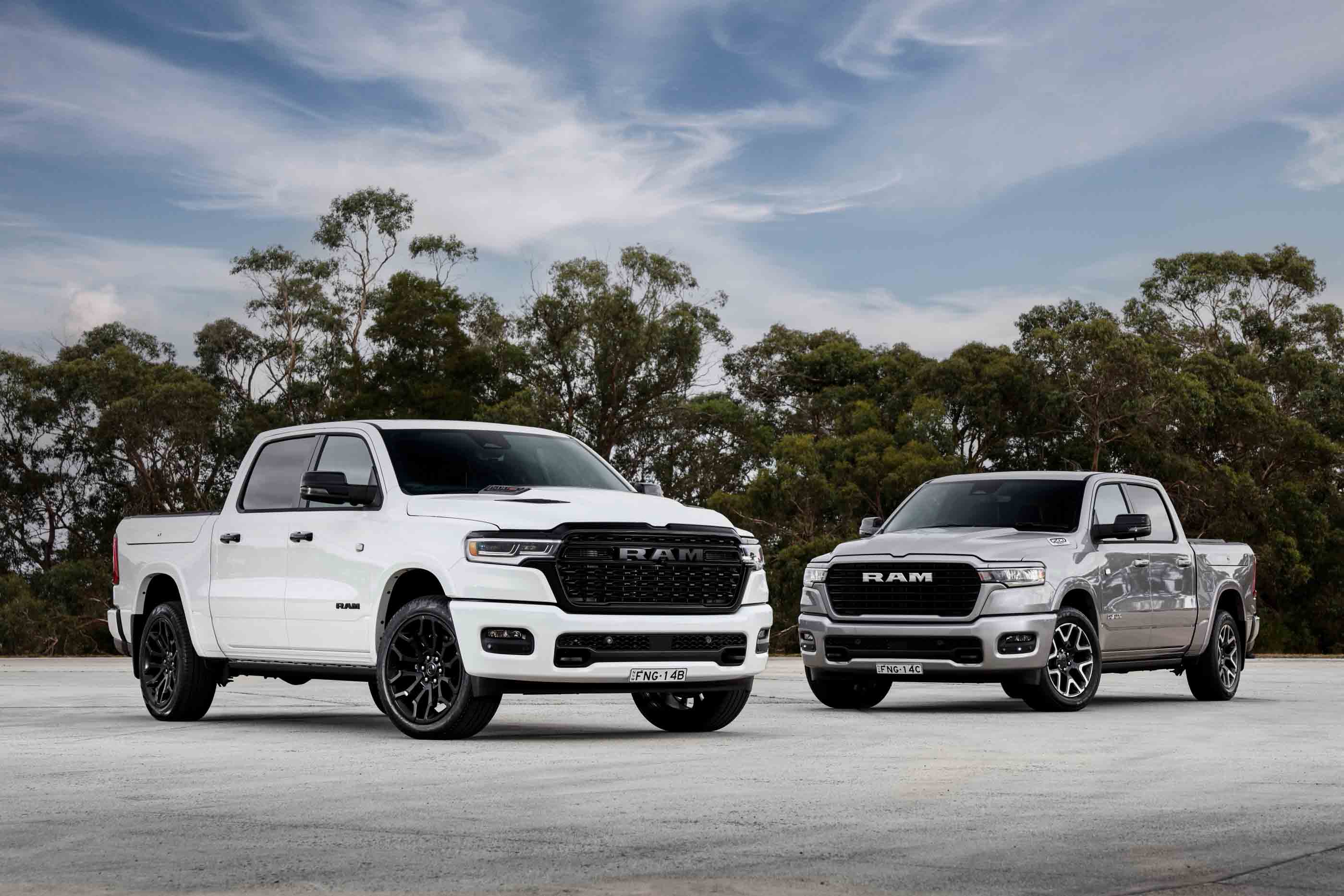Things we like
- Passenger comfort
- On-road dynamics
- Suspension soaks up bumps
Not so much
- Tyre-pressure monitoring system only on Platinum spec
- Upgraded 4cyl not quite up to V6's refinement
UPDATE, November 16: Ford Everest vs Toyota Prado
We’ve put the new-generation Ford Everest up against its most popular and obvious rival, the Toyota Prado. Get the full story at the link below.
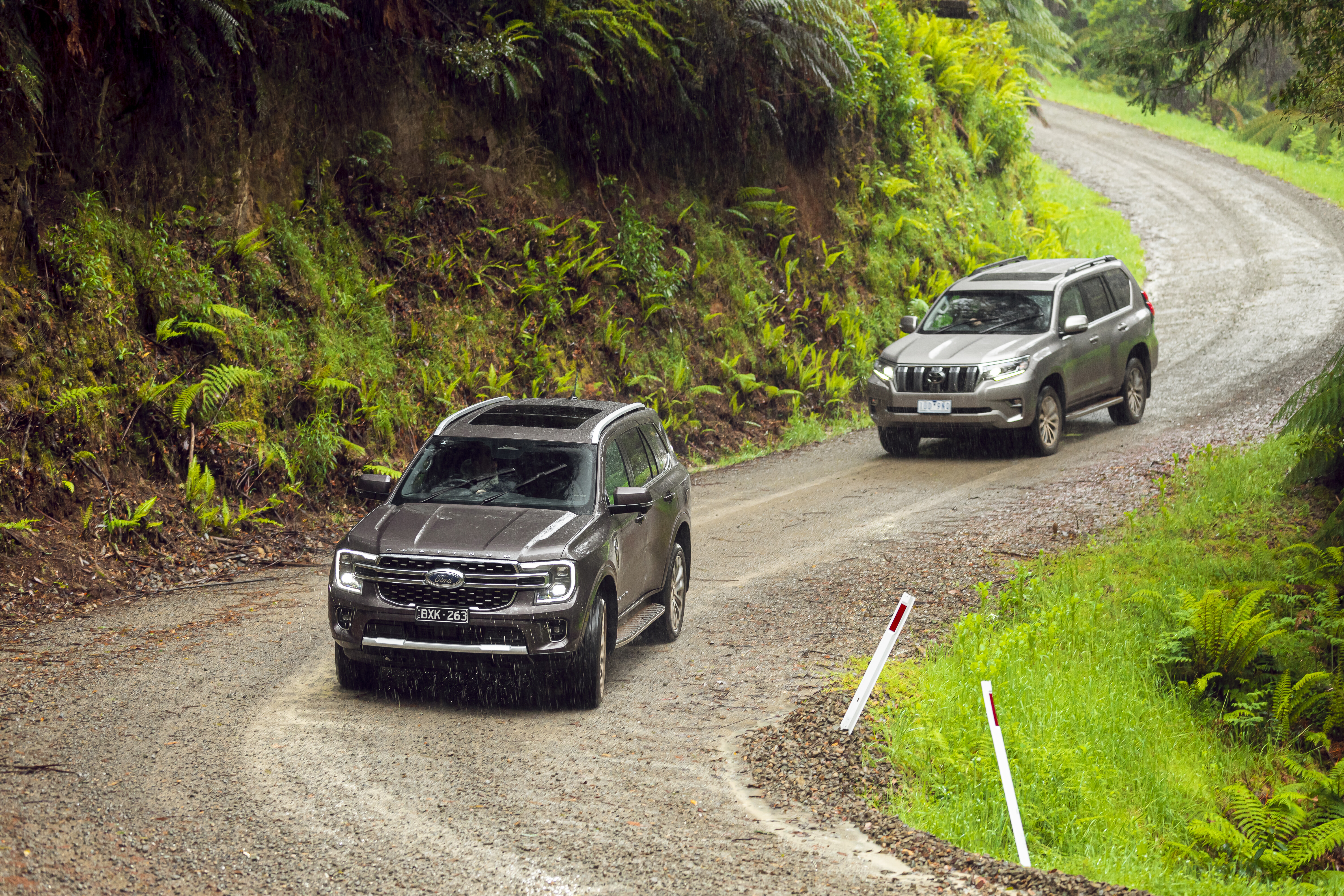
Story continues: 2023 Ford Everest first drive
Ford Australia’s 2023 Everest wagon is now on sale and available in four model grades and a choice of 4×4 and 4×2 drivetrains, and inline 4-cylinder and V6 diesel engines.
Everest Ambiente and Trend models are powered by the 2.0-litre 4-cylinder bi-turbo diesel engine, and the Everest Sport and Platinum exclusively get the 3.0-litre V6 diesel engine.
All Everest models use the 10-speed automatic transmission, while only the lower-spec Ambiente and Trend models are offered with the 4×2, but all grades can be had as 4×4.
Ambiente Everests come standard with just five seats as standard, with seven available as an option, while all other Everests are seven-seaters.
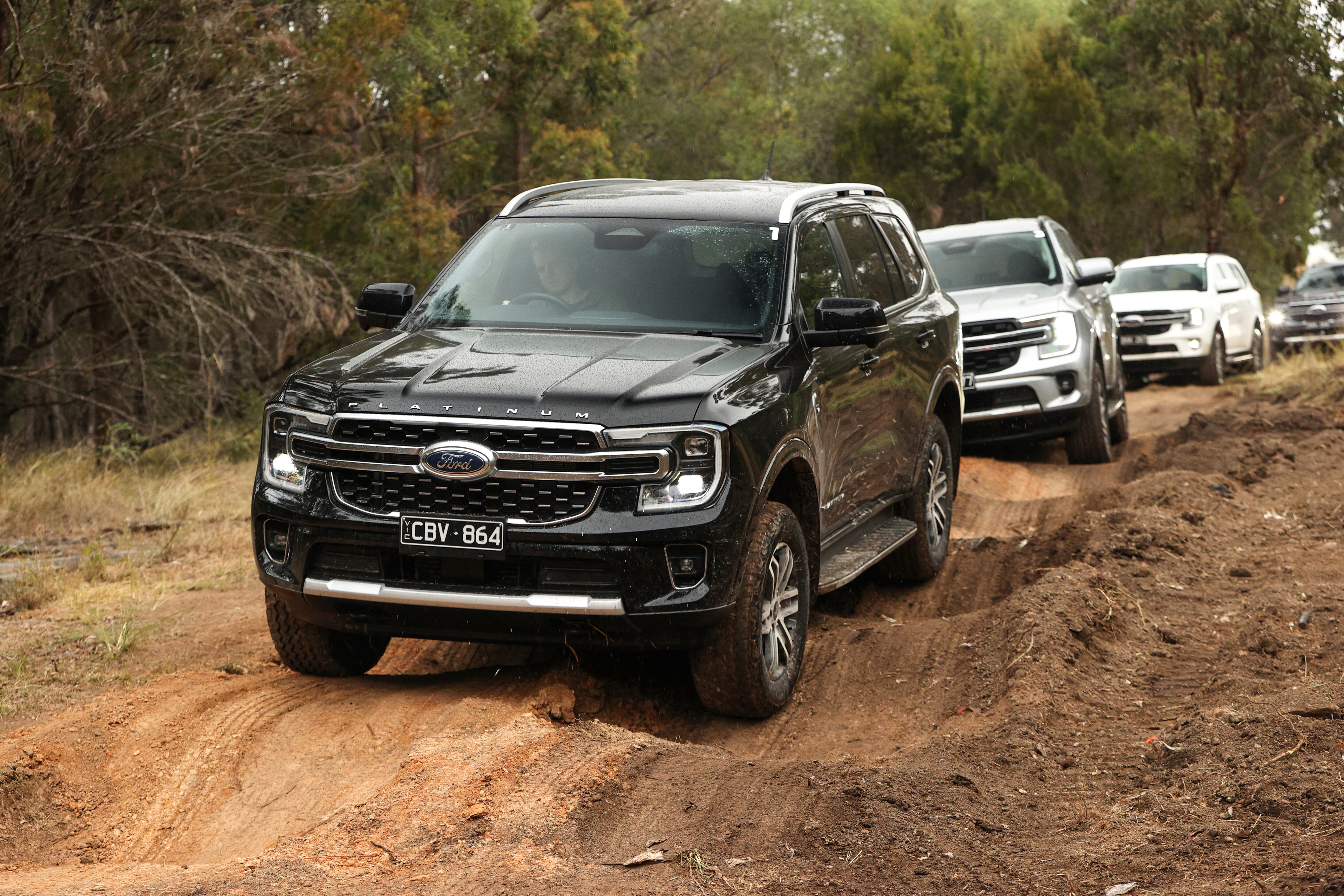
As you would expect, the new Everest borrows heavily from the new Ford Ranger, released just a month earlier. Both ride on model-specific versions of the T6.3 ladder-frame chassis platform.
The real difference between the two is the rear suspension, where the Ranger rides on leaf springs – better suited to heavier loads – and the Everest has coil springs and a Watt’s linkage for improved passenger comfort and vehicle dynamics.
Upgrade your 4×4
-
Bullbars
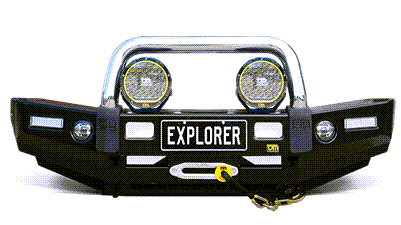
-
Underbody Protection
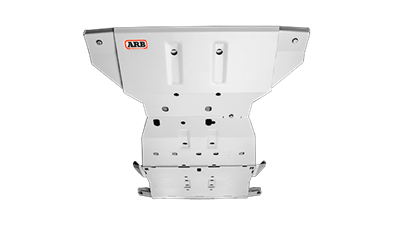
-
4X4 Tyres
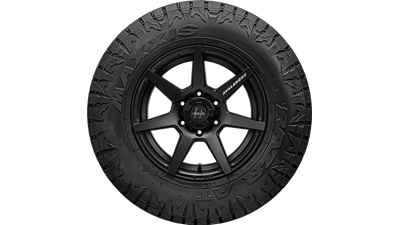
-
Canopies
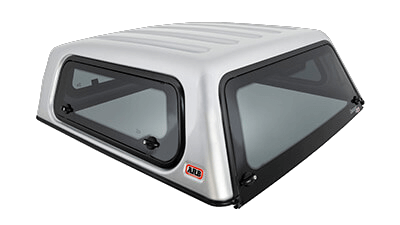
-
Roof Racks
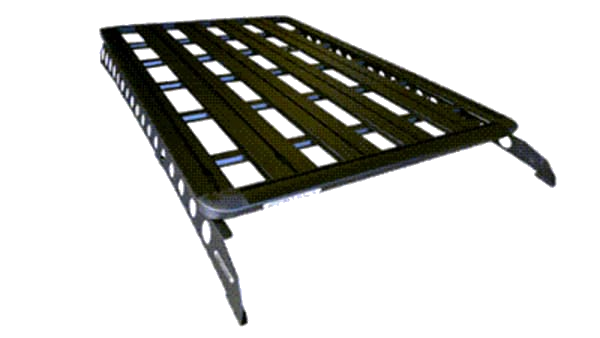
-
Storage
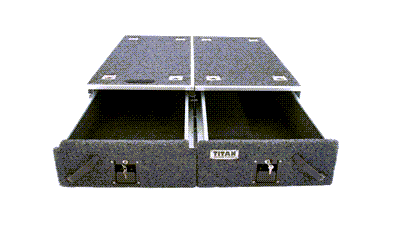
2023 Ford Everest pricing
| Model | Price |
|---|---|
| Ambiente 4×2 2.0L Bi-Turbo diesel | $52,990 (+$2900 over Ambiente 3.2) |
| Ambiente 4×4 2.0L Bi-Turbo diesel | $57,990 (+$2900 over Ambiente 3.2) |
| Trend 4×2 2.0L Bi-Turbo diesel | $60,290 (+$3200) |
| Trend 4×4 2.0L Bi-Turbo diesel | $65,290 (+$2900) |
| Sport 4×4 3.0L V6 turbo-diesel | $69,090 (+$4700 over Sport 2.0 Bi-Turbo) |
| Platinum 4×4 3.0L V6 turbo-diesel | $77,690 (+$6500 over Titanium 2.0) |
For a full rundown on the Everest range’s entire features list, see our big pricing and specs story at the link below.
Interior
Comfort and dynamics are the two areas Ford has excelled in when creating the new Everest.
Ford Australia’s engineers set out to reduce what they call, ‘head bouncing’, or how much the passengers are bounced around inside the car when driving over rough roads, and they have succeeded by delivering a cabin that is comfortable and refined for passengers regardless of which row they’re seated in.
There is more leg and head room for second-row passengers, while the third row remains best reserved for kids or anyone shorter than 150cm.
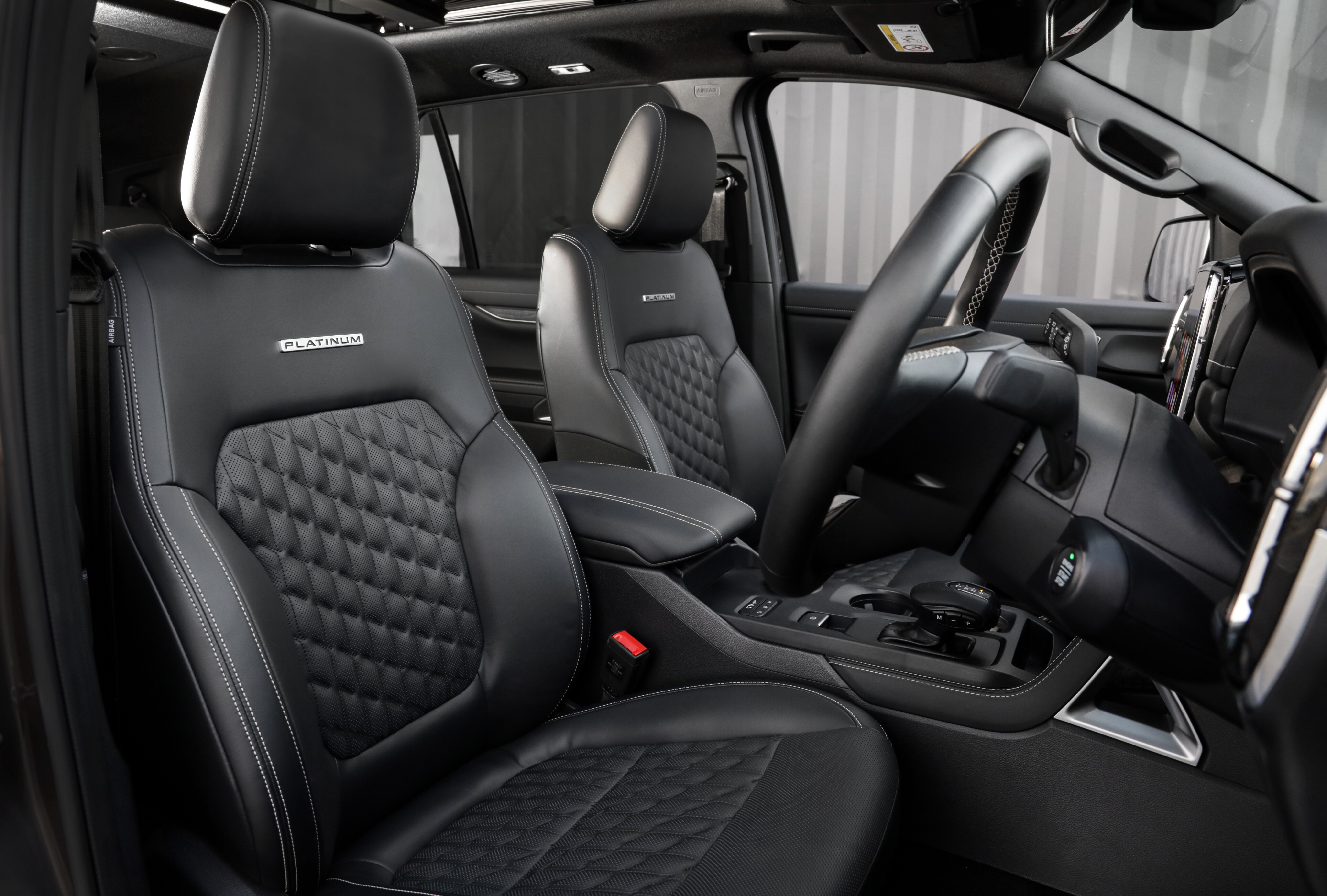
Up front, the driver and passenger are faced with a well-appointed dash. The standard centre screen is a massive 10.1-inch unit, but that only comes in the Everest Ambiente model. All other models get an even bigger 12-inch screen that includes all your A/V controls, HVAC and Ford Sync 4 infotainment functions.
Ahead of the steering wheel, which is now adjustable for reach as well as height, is an 8-inch configurable digital dash so that you can set up your gauges and info however you like. The 8-inch screen is in all models bar the Platinum, which gets a 12.4-inch unit.
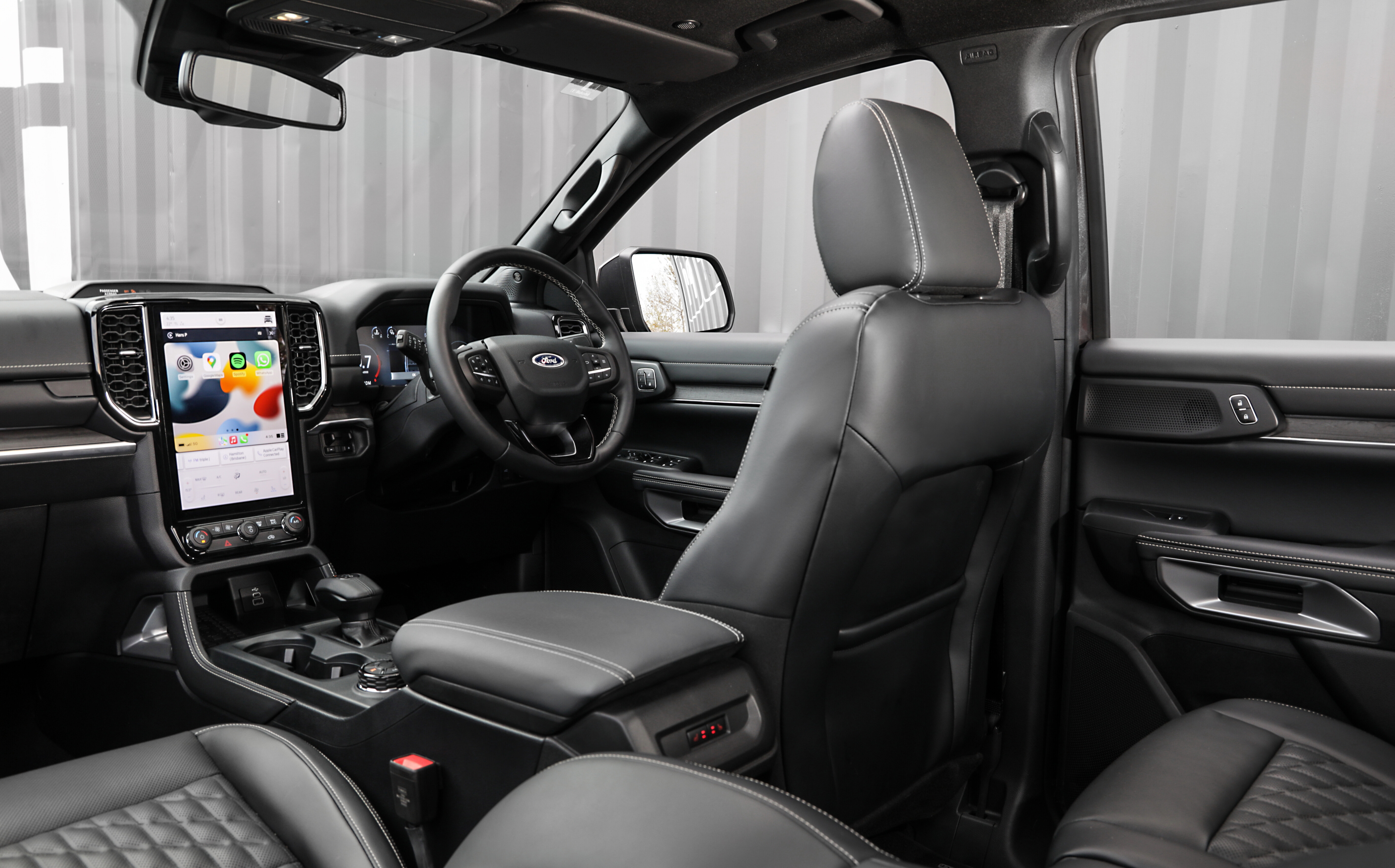
The Everest Platinum model replaces the Titanium from the previous generation Everest, and it really takes the 4×4 wagon up a notch in terms of equipment and styling.
Basically, it gets all the options and some exclusive extras like the Bang & Olufsen 10-speaker sound system, 10-way power adjustable heated and cooled seat and 21-inch alloy wheels.
For those that want a more practical and sensible wheel choice, you can option 18s back on your Platinum.
Safety
The new 2023 Ford Everest boasts a full five-star ANCAP crash safety rating, announced in September 2022.
All new Ford Everests get a full suite of class leading safety features including AEB, side airbags that extend through to the third row occupants, a centre airbag between the driver and front seat passenger to stop them smashing their noggins together in a crash, lane-keeping assist with roadside detection so that it doesn’t rely on the white lines, blind-spot indicators, reversing emergency brake, and radar cruise control.

The blind spot indicators work with the Sync 4 trailer setup to take into account the length of your trailer and adjust the range it covers. Trailer sway control and a 360-degree camera are other handy safety additions.
Unfortunately, the essential safety item of a tyre-pressure monitoring system, only comes on top-of-the-range Platinum Everest.
When you consider that all these fancy electronic safety systems still rely on the vehicle’s tyres having the best contact with the road beneath you, then there is no more important factor than maintaining correct tyre pressures.
2023 Ford Everest safety features
| Electronic parking brake |
| Electronic brake booster |
| ABS, EBD, roll stability control, hill start assist |
| Nine airbags, including driver and passenger knee bag |
| Collision mitigationu00a0 |
| Autonomous emergency braking |
| Reverse brake assist |
| Post impact braking |
| Lane keep assist |
| Lane departure warning |
| Driver alert |
| Front and rear parking sensors |
| Blind-spot information system (BLIS) with rear cross-traffic alert |
| Digital reverse camera |
| Automatic headlamps and high-beam |
| 360-degree camera (Platinum only) |
| Active park assist (Platinum only) |
Towing
The Everest adopts the class-leading trailer tech that debuted on the new Ranger, including the Sync 4 setup, integration and towing checklist, and an integrated factory electric-brake controller.
All Everest 4×4 models have a 3500kg towing capacity to match the mid-size utes and other large 4×4 wagons, while the GCM is rated at 6250kg.
Towing is also a consideration of the Everest’s multiple drive modes where there is a Tow/Haul mode that optimises the vehicle’s chassis and driveline electronics to suit pulling a load. If it works as well as it does in the Ranger, then it’s a very good setting.
Other drive modes in the 4×4 Everest include an Eco mode, normal driving, slippery roads, sand driving, and mud and ruts for off-roading.
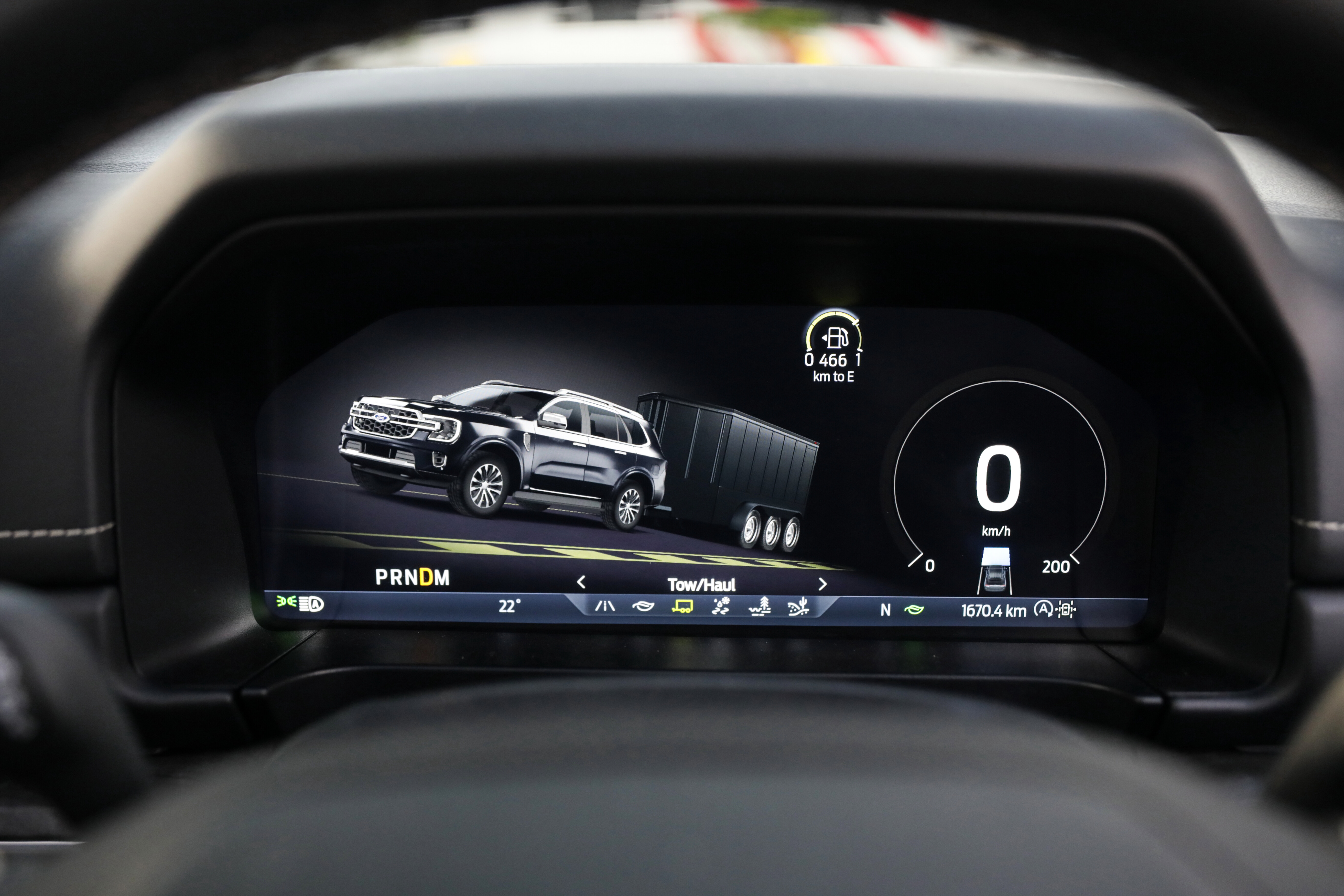
Engine and powertrain
The Everest’s new V6 diesel engine brings new levels of refinement and performance to the Ford wagon
While its 184kW of power and 600Nm of torque are not all that much more than that of the Bi-turbo 4-cylinder engine’s 154kW and 500Nm, it’s the smooth, quiet power delivery that makes the difference and contributes significantly to the Everest’s high levels of cabin quietness and refinement.
The 4-cylinder diesel has been upgraded for its application in the new Everest with changes to the injection system and other aspects, all designed to make the engine quieter, but it still can’t match the refinement of the V6.
The four’s 500Nm of torque still gives the Everest plenty of poke, and family users and those towing will not be disappointed in the way it gets along.
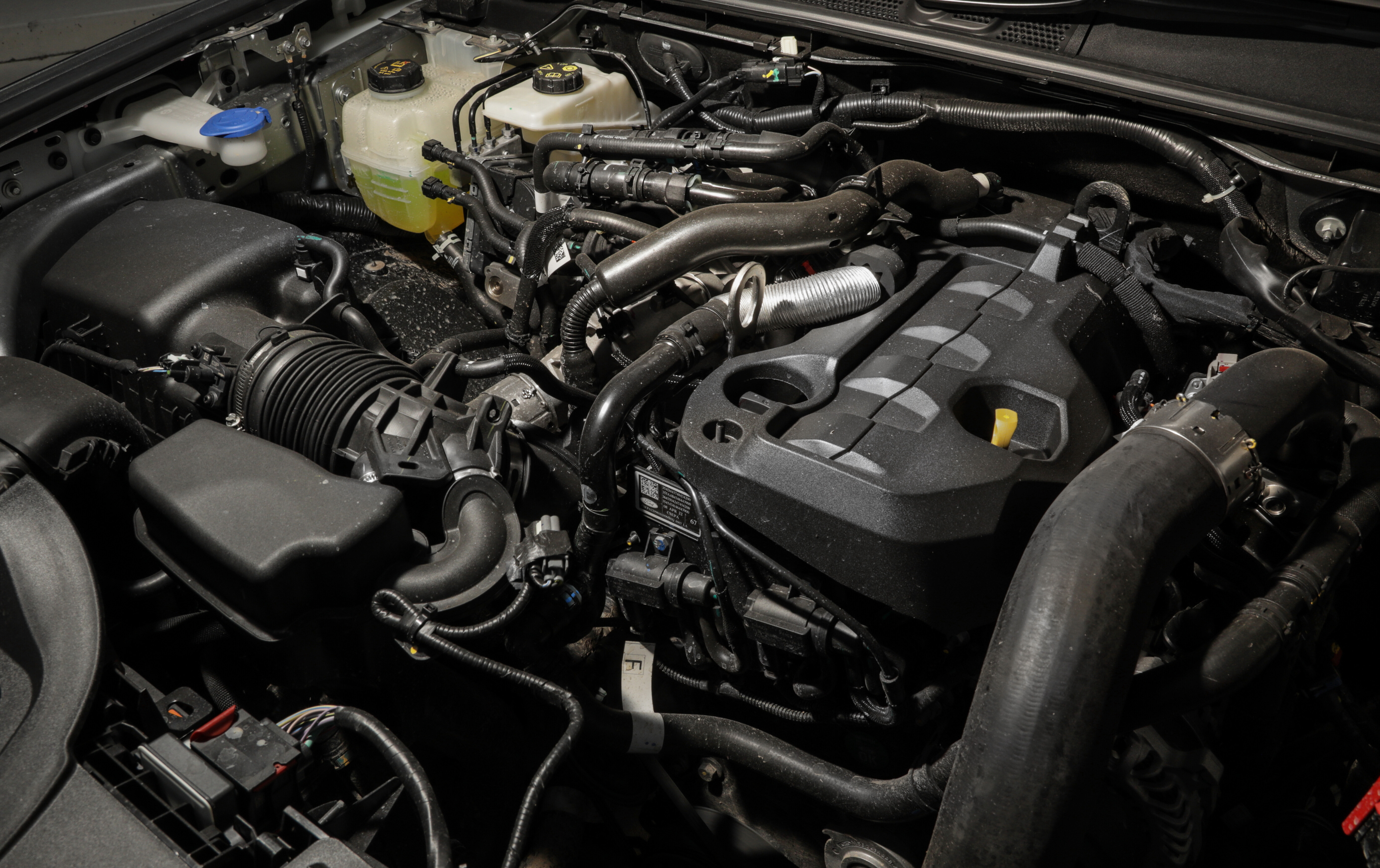
Both engines are backed by Ford’s 10-speed automatic transmission which again has been refined and improved since its application in the previous models.
ADR rated fuel consumption is 7.2L/100km for the I4 engine and 8.5L/100km for the V6 4×4 models. Everests have an 80-litre fuel tank.
The four-wheel drive system is again a full-time, dual-range system and there’s a rear differential lock for when the going gets rough. Using the off-road systems can now be done via the off-road screen, which brings all the functions to the big centre screen including the forward-facing and 360-degree cameras.
On- and off-road driving
The four-wheel drive section of the launch drive program didn’t challenge the Everest at all, and the car was able to cover it in the 4×4-auto setting
Still, we selected low range for a couple of steep descents and it did a great job of controlling speed without wanting to use the electronic downhill control, which still relies on the vehicle’s brakes.
What became obvious when driving the Everest over the variety of tracks was the level of refinement in the cabin. It is super quiet and comfortable within the cabin – thanks obviously, to excellent insulation materials used in the vehicle.
The suspension does a superb job of soaking up any bumps or irregularities in the road to make driving comfortable and relaxing.
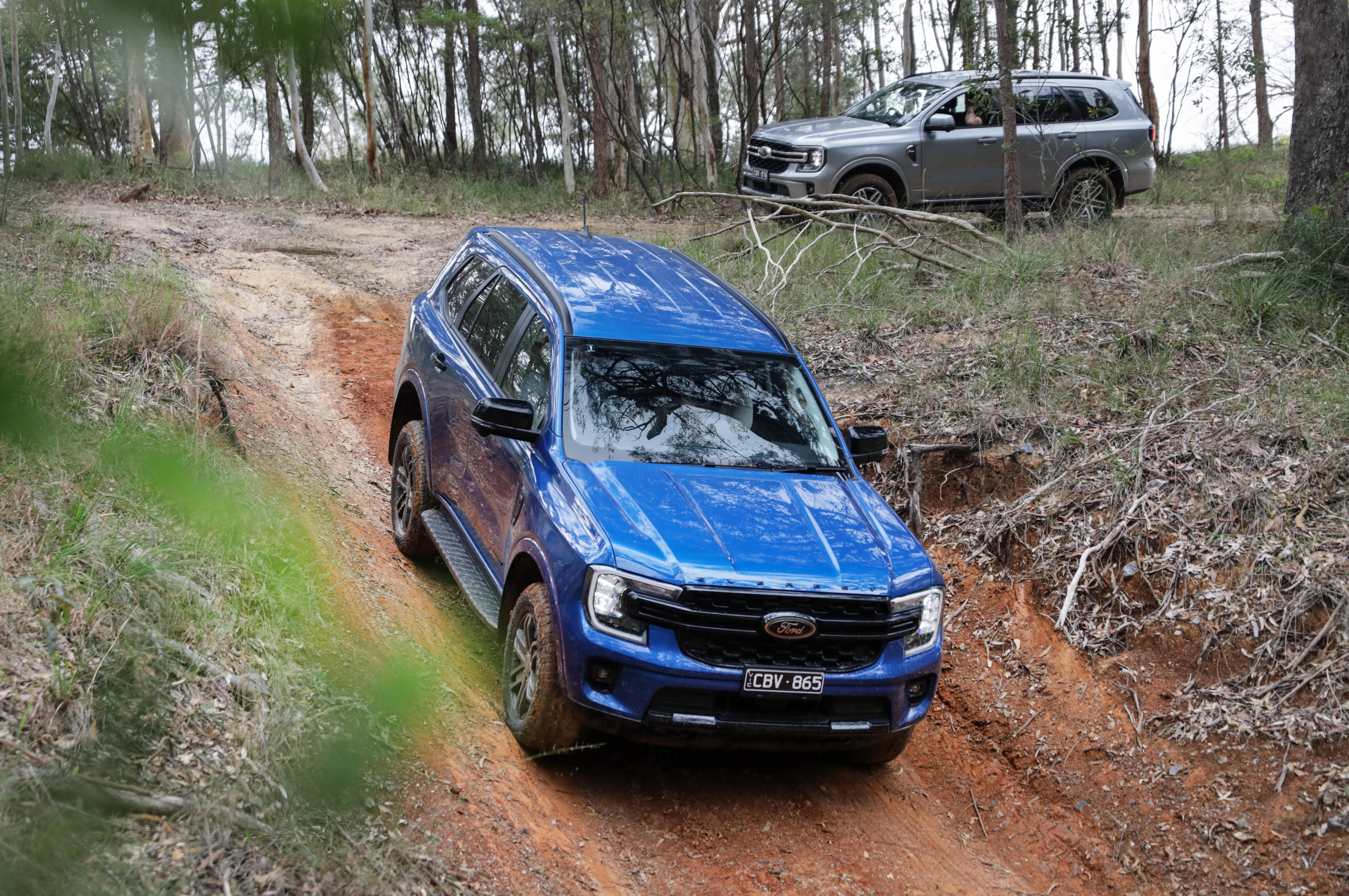
That smooth, quiet refinement continues on country backroads where the Everest’s dynamics belie its light truck underpinnings.
The electrically-assisted power steering is well-weighted at both touring and low speeds continuing Ford’s excellent calibration since introducing its EPS in the earlier Ranger models.
The suspension does a superb job of soaking up any bumps or irregularities in the road to make driving comfortable and relaxing.
ARB equipment
Like the Ranger ute, the new Everest benefits from Ford’s partnership with ARB 4×4 Accessories and a full range of ARB equipment will be available for the Everest directly through your Ford dealer at the time of vehicle purchase.
Included here are suspension packages, protective equipment such as bullbars and side rails, a larger fuel tank, driving lights, air compressor and rear storage systems. Everything you could want to equip your Everest for outback travel, and it’s covered under Ford’s 5-year factory warranty if the equipment is purchased when you buy the car.
Warranty and servicing
As per the wider Ford range, the Everest is covered by the brand’s five-year, unlimited-kilometre warranty, along with 12 months of roadside assistance.
This program can be extended for up to seven years through annual servicing at a Ford dealership.
Servicing is required every 12 months or 15,000 kilometres, whichever occurs first, with the first five services priced at $329 under Ford’s capped-price program.
VERDICT
The level of refinement and dynamics, especially when powered by the V6 engine, reallys put the Ford Everest at the pointy end of the three-row 4×4 wagon segment.
The Toyota Prado is the everlasting favourite of the sector with the Isuzu MU-X being the second highest seller – but neither of them, with their rattly 4-cylinder diesel engines, can match the new Everest on- or off-road.
The Prado might beat the Ford in heavier-ability off-road use, but we’ll have to wait for a direct comparison to confirm that. Other models in this class of wagon, like the Toyota Fortuner, Mitsubishi Pajero Sport, Haval H9 and SsangYong Rexton can’t come close.
This new V6 Everest will also tempt buyers looking to get in to a LandCruiser 300 Series and are unable to get one due to Toyota’s ongoing supply problems, resulting in long wait times.

2023 Ford Everest pricing
| Model | Price |
|---|---|
| Ambiente 4×2 2.0L Bi-Turbo diesel | $52,990 (+$2900 over Ambiente 3.2) |
| Ambiente 4×4 2.0L Bi-Turbo diesel | $57,990 (+$2900 over Ambiente 3.2) |
| Trend 4×2 2.0L Bi-Turbo diesel | $60,290 (+$3200) |
| Trend 4×4 2.0L Bi-Turbo diesel | $65,290 (+$2900) |
| Sport 4×4 3.0L V6 turbo-diesel | $69,090 (+$4700 over Sport 2.0 Bi-Turbo) |
| Platinum 4×4 3.0L V6 turbo-diesel | $77,690 (+$6500 over Titanium 2.0) |
4X4 Australia's project builds
2023 Ford Everest Platinum specs
| Engine | 3.0L V6 turbo-diesel |
|---|---|
| Capacity | 2992cc |
| Transmission | 10-speed automatic |
| Poweru00a0 | 184kW |
| Torque | 600Nm |
| 4×4 system | Permanent 4WD |
| Wheels | 21-inch alloys |
| Kerb weight | 2492kg |
| GVM | 3150kg |
| Payload | 658kg |
| Towing capacity | 3500kg |
| Seating | 7 |
| Fuel tank | 80L |
| ADR fuel claim | 8.5L/100km |
| Wading depth | 800mm |
| Ground Clearance | 226mm |
| Price | $76,880.90* |
Frequently Asked Questions
Things we like
- Passenger comfort
- On-road dynamics
- Suspension soaks up bumps
Not so much
- Tyre-pressure monitoring system only on Platinum spec
- Upgraded 4cyl not quite up to V6's refinement


